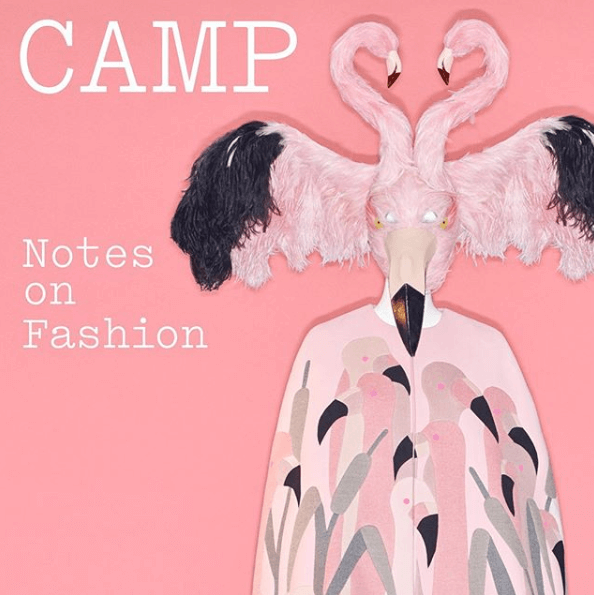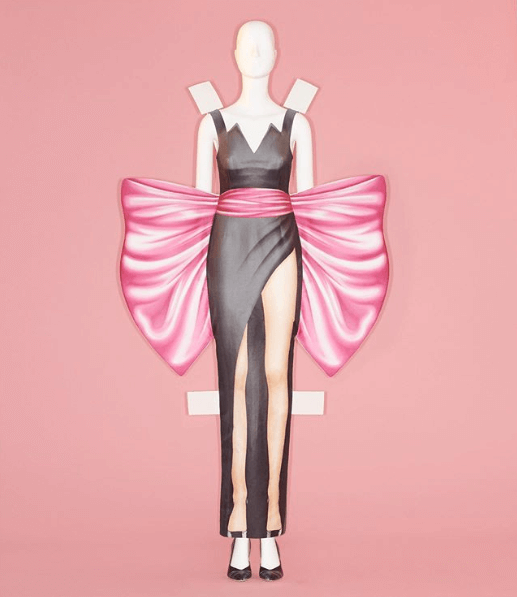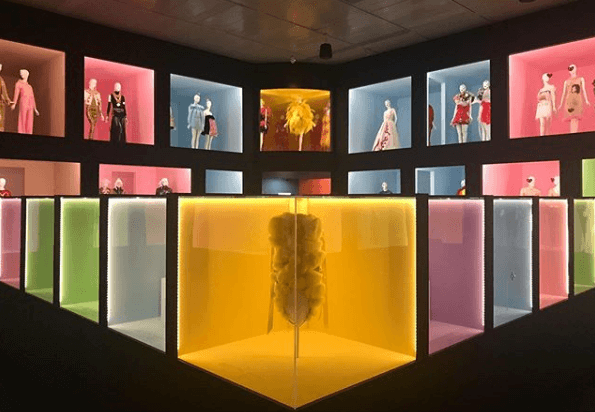Camp: Notes On Fashion
Every year, Vogue and the Metropolitan Museum of Art in New York City join together to bring us the biggest night in the world of fashion. Considered to be one of the most exclusive parties out there, the MET Gala is where celebrities, supermodels, fashion designers, and the world’s leading fashion influencers gather for a night of drinks, food, and the most awaited exhibition of the year. This year’s gala, which took place on May 6th, was definitely not short of excitement. The theme this year was Camp, or “outlandish” fashion, and we saw many celebrities bringing their best Camp looks to the carpet, making it quite a spectacle, but many people still don’t know what camp is really all about. Well, you can expect to see the intersection of creativity, playful humor, imagination, and wit at this year’s most awaited exhibition.
What Is Camp?

Camp has a long and rich history, as well as many different definitions, but more than anything it expresses the term for fashion that is out of the box, experimental, playful, and extremely over the top. Camp is all about taking everyday, mainstream items such as a McDonald’s meal, a can of beer, or faux garden flamingos, and elevating them into a fashion look that is “so ugly, it is beautiful”. These exhibits, and others, explore how camp fashion has embraced, repurposed and reimagined popular — or “low” — culture. Attendees can expect to see anything but “practical fashion” at this year’s exhibition.
The exhibition was inspired by Susan Sontag and her 1964 Essay “Notes on ‘Camp'”, where she describes in detail the 58 different principles of camp fashion. She was the first person to explore the subject of camp in depth, from its history and origins, to its adaptation into modern fashion. Nonetheless, she explicitly states that fashion is one of the arts that “camp taste has an affinity” for. Camp was, for Sontag, not an idea, but a “sensibility” characterized by “love of the unnatural: of artifice and exaggeration.” In her essay, she makes the most definitive statement of camp, stating that “the ultimate camp statement is good because it’s awful.” This idea inspired the entire exhibition in its full theatrical glory, with 250 unique pieces of fine art, accessories, and garments that all express the theme and concept of camp.
The exhibition will take you through the history and highlights of camp, from its beginnings in the Versailles courts of Louis XIV in the 17th century on to present day. The exhibition is organized in two parts, showing its rich history, explaining its growth from something that was understood by only a niche few, to something that is growing in popularity among the masses in modern day fashion, and it aims to help attendees understand the irony and playful spirit of the camp fashion phenomena.
Camp has transformed throughout the ages, from being a form of elaborate costume for only the most high fashion royals, to being adapted by infamous drag performers in the era of Paris is Burning. Camp has always represented a sense of overstated femininity that has been well associated with dandy and gay culture for centuries. It’s association to many niche gay and queer subcultures has transformed camp into being a social movement along with being a fashion and art movement as well. Viewers will get to see all of the bold designers that have taken part in the camp movement, pushing the boundaries of what it means to be “high fashion” in a world of pure imagination and creative freedom.
What is particularly interesting about this camp exhibition is that spectators will not only get to see the most outlandish and insane fashion looks out there, but the fact that they will get to explore the most creative ideas of the boldest fashion and art creatives throughout the history of this unique movement.
“What is interesting to me about the show is that there is a great representation of younger designers who employ camp in such a different way,” says Bolton. “Camp is so much a part of our vocabulary, so much a part of the mainstream, that they create camp clothes in a very pure way, as opposed to the former generations of designers who do it more deliberately, because they are more conscious of what camp is and its applications.”– Andrew Bolton
Camp: Notes on Fashion will be on view at The Costume Institute at The Metropolitan Museum of Art in New York from May 9, 2019 through September 8, 2019.




